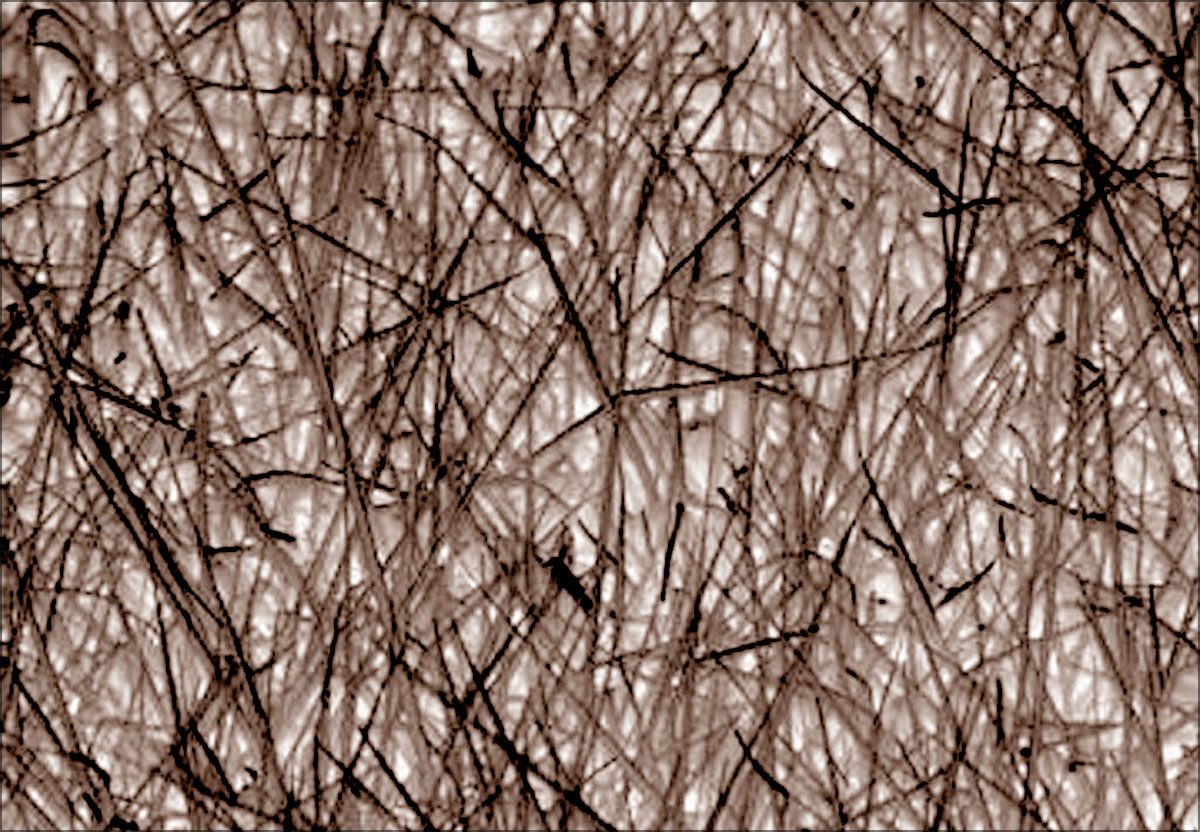
Power-producing textiles
Someday, your shirt might be able to power your iPod - just by doing
the normal stuff expected of a shirt.
Scientists have developed a way to generate electricity by jostling
(pushing) fabric with unbelievably tiny wires woven inside, raising the
prospect of textiles that produce power simply by being stretched,
rustled or ruffled by a breeze.
|

Nanowires |
The research, described in the journal Nature, combines the precision
(accuracy) of ultra-small nanotechnology(See last week's article in the
World of Science) with the elegant principle known as the piezoelectric
effect, in which electricity is generated when pressure is applied to
certain materials.
While the piezoelectric effect has been understood at least as far
back as the 19th century, it is getting creative new looks now, as
concerns about energy supplies are inspiring quests for alternative
power sources.
For example, a Japanese railway has experimented with mats, placed
under turnstiles, that translate the pressure from thousands of
commuters' footfalls into usable power. French scientists have proposed
capturing energy from raindrops hitting a structure with piezoelectric
properties.
For the research described in Nature, Zhong Lin Wang and colleagues
at the Georgia Institute of Technology covered individual fibres of
fabric with nanowires made of zinc oxide. These wires are only 50
nanometres in diameter - 1,800 times thinner than a human hair.
Alternating fibres are coated with gold. As one strand of the fabric
is stretched against another, the nanowires on one fibre rub against the
gold-coated ones on the other, like the teeth of two bottle brushes.
The resulting tension and pressure generate a piezoelectric charge
that is captured by the gold and can be fed into a circuit.
The allure(attractiveness) of the idea is that it doesn't take
unusual movement to generate usable electricity. Pretty much anything
someone does while wearing a piezoelectric shirt would be productive.
"The beauty of this work is that if you have wind, or you have sonic
waves, or you have vibrations, that works for you," Wang said. "You do
not need a very large force for that."
Wang has coaxed (forced) the wires to grow around strands of yarn in
a few square millimetres of fabric, but has not made sizable pieces yet.
But he estimates that one square metre of nanowire-infused fabric
would produce around 80 milliwatts of electricity, enough to recharge
portable music players.
"This work represents a significant achievement," said Charles Lieber,
a Harvard University researcher who is also pursuing nanotech power
generation and was not involved in Wang's project.
Lieber noted that the research also could lead to biological sensors
and other nanoscale devices that produce their own power from movement
or sound waves. For such nanodevices to be feasible, "harvesting energy
from the environment is a key technology," Lieber said.
Although Wang used gold in the research, he expects less expensive
metals would work just as well as conductors. Whatever metal is used, it
would be laid down in such tiny increments that he does not believe it
would substantially increase the weight of an article of clothing.
However, there is one big hurdle to the advent(coming) of power
shirts. Though zinc oxide makes a nice sunscreen, it's not really
waterproof. The Georgia Tech team must figure out how to protectively
coat the nanowires - or else one trip through the washing machine or one
rainy day would rob these fabrics of their magic.
AP |
